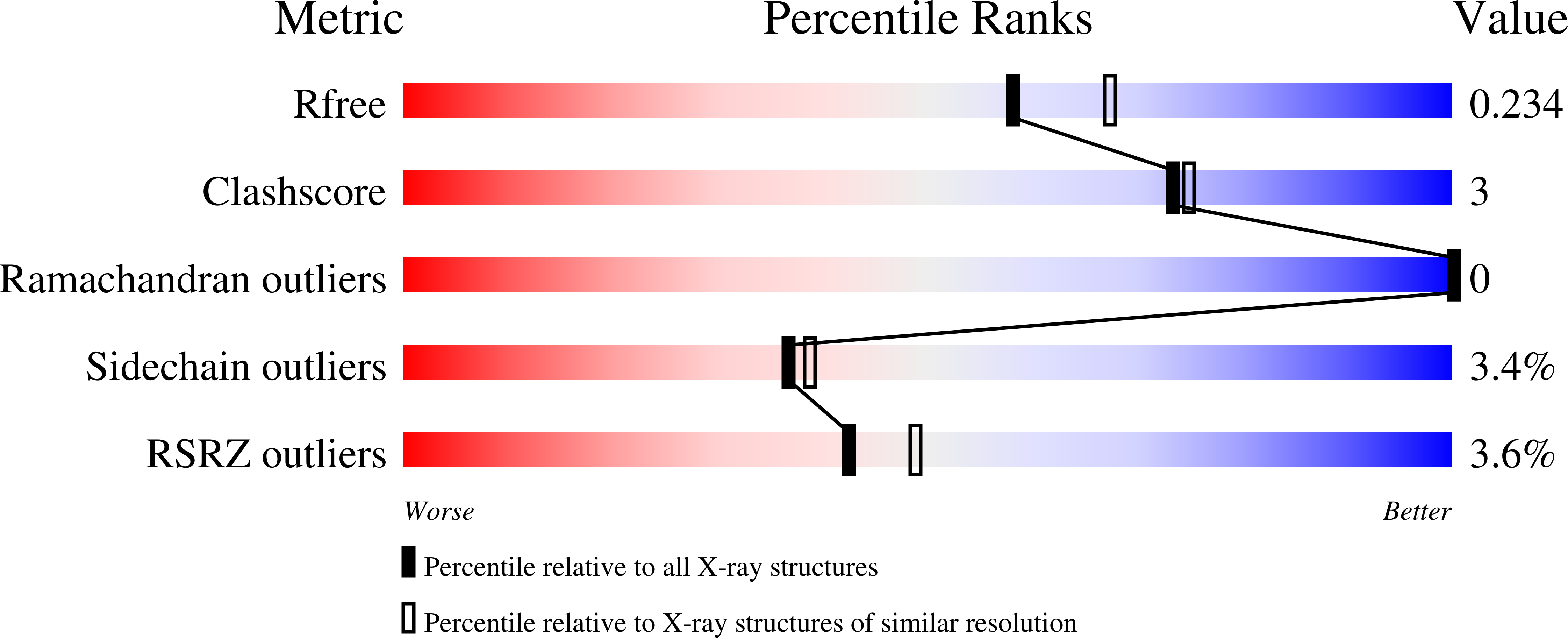
Deposition Date
2023-05-19
Release Date
2023-10-18
Last Version Date
2024-11-20
Entry Detail
Biological Source:
Source Organism:
Kluyveromyces lactis NRRL Y-1140 (Taxon ID: 284590)
Host Organism:
Method Details:
Experimental Method:
Resolution:
2.10 Å
R-Value Free:
0.23
R-Value Work:
0.19
R-Value Observed:
0.20
Space Group:
P 1 21 1


